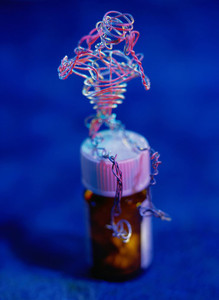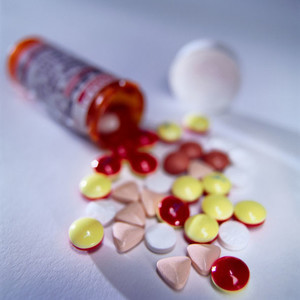In the US, manufacturers seeking approval to market a generic drug product must submit data demonstrating that the generic formulation provides the same rate and extent of absorption as (i.e., is bioequivalent to) the innovator drug product. Thus, most orally administered generic drug products in the US are approved based on results of one or more clinical bioequivalence studies.
FDA compared generic and innovator drugs based on 12 years of bioequivalence data
Generics/General
|
Posted 17/11/2009
 0
Post your comment
0
Post your comment
In a study by Barbara Davit et al. of the US FDA’s Center for Drug Evaluation and Research the objective was to evaluate how well the bioequivalence measures of generic drugs approved in the US over a 12-year period compare with those of their corresponding innovator counterparts.
Their retrospective analysis compared the generic and innovator bioequivalence measures from 2,070 single-dose clinical bioequivalence studies of orally administered generic drug products approved by the FDA from 1996 to 2007 (which is 12 years). Bioequivalence measures evaluated were drug peak plasma concentration (Cmax) and area under the plasma drug concentration versus time curve (AUC), representing drug rate and extent of absorption, respectively. The generic/innovator Cmax and AUC geometric mean ratios (GMRs) were determined from each of the bioequivalence studies, which used from 12 to 170 subjects. The GMRs from the 2,070 studies were averaged. In addition, the distribution of differences between generic means and innovator means was determined for both Cmax and AUC.
The results were that the mean ± SD of the GMRs from the 2,070 studies was 1.00 ± 0.06 for Cmax and 1.00 ± 0.04 for AUC. The average difference in Cmax and AUC between generic and innovator products was 4.35% and 3.56%, respectively. In addition, in nearly 98% of the bioequivalence studies conducted during this period, the generic product AUC differed from that of the innovator product by less than 10%.
The authors concluded that the criteria used to evaluate generic drug bioequivalence studies support the FDA's objective of approving generic drug formulations that are therapeutically equivalent to their innovator counterparts.
References:
Comparing Generic and Innovator Drugs: A Review of 12 Years of Bioequivalence Data from the United States Food and Drug Administration. Ann Pharmacother. 2009;43(10):1583-97.
Source: The Annals of Pharmacotherapy
Research
Japan’s drug shortage crisis: challenges and policy solutions
Saudi FDA drug approvals and GMP inspections: trend analysis
EMA launches European shortages monitoring platform to tackle persistent medicine shortages

Generics/General Posted 03/12/2024
FDA releases one-year progress report for the Generic Drug Cluster

Generics/General Posted 28/10/2022
The best selling biotechnology drugs of 2008: the next biosimilars targets








Post your comment